Dutch landscape with a mill
41 x 33 cm / 16 x 13 inches
Pastel on paper laid down on canvas
Signed lower right
Very good condition, framed under glass
Dimensions with the frame: 44 x 36 cm / 17,5 x 14 inches
With a relatively limited palette of pastels, Siebe Johannes Ten Cate evokes Holland and certain typical elements of the landscapes there, which are as many ways for the artist to refine both his technique and his feeling for light, reflections in water and movements.
An oil on canvas of a very similar composition is listed and reproduced by the Siebe Ten Cate Foundation: the artwork number 61 of their online catalog, entitled Clair de lune, is signed and dated by the artist "December 1900", which may allow us to date our work on paper.
Like another pastel, the Landscape of Bruges, presented by our gallery, this work comes from the Ambroise Vollard collection, who was the dealer for Ten Cate starting from 1900.
The work is very well preserved, as is its frame. The pastel (the pictorial material) has probably been fixed, which allows the work to be transported without risk of alteration.
*
In the catalog of the Ten Cate workshop sale, in December 1912 at the Hôtel Drouot, one can find an homage to the artist written by the journalist and writer Charles Baussan. We have selected excerpts from it, to be read with regard to our work:
To this mind, always haunted by the thousand finds of incessant observation, pastel offered a faster and more appropriate language. Ten Cate has made it his own language. He put everything that resonated with him: poetry, truth, simplicity, infinite nuances. On the framework of a vigorous and sober drawing, he placed the pearly flesh of the pastel: a supple, firm, living flesh. This is how he brings to life his corners of the Netherlands. It's Terneuzen, the green and purple water of the canal, with a flock of seagulls; it is Overschie, Veere, Zieriksee, the meadows, the sails, the mills of Holland with the shadow of their wings turning on the grass and on the water.
Ten Cate was able, to a degree few others have, to look and analyze, to find powerful effects in poetry and exactness of detail. He worthily continued Van de Velde and Jongkind, and he is one of those painters who do not need large canvases to make you think long and hard. He said delicious things, in his own way that no one else had. He spoke both French and Dutch: his pencil, his pastels too. This melancholy, which has become brighter and brighter in the French sun, this clearness which is concealed without diminishing, this simplicity of the subjects, of the composition, of all the means of execution, and, at the same time , this marvelous science of nuances, practiced without effort: all this is his language and his alone.


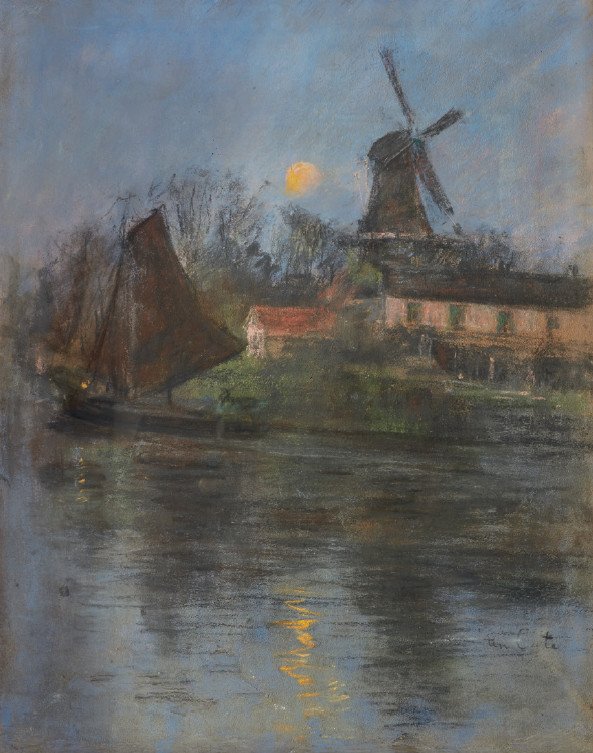
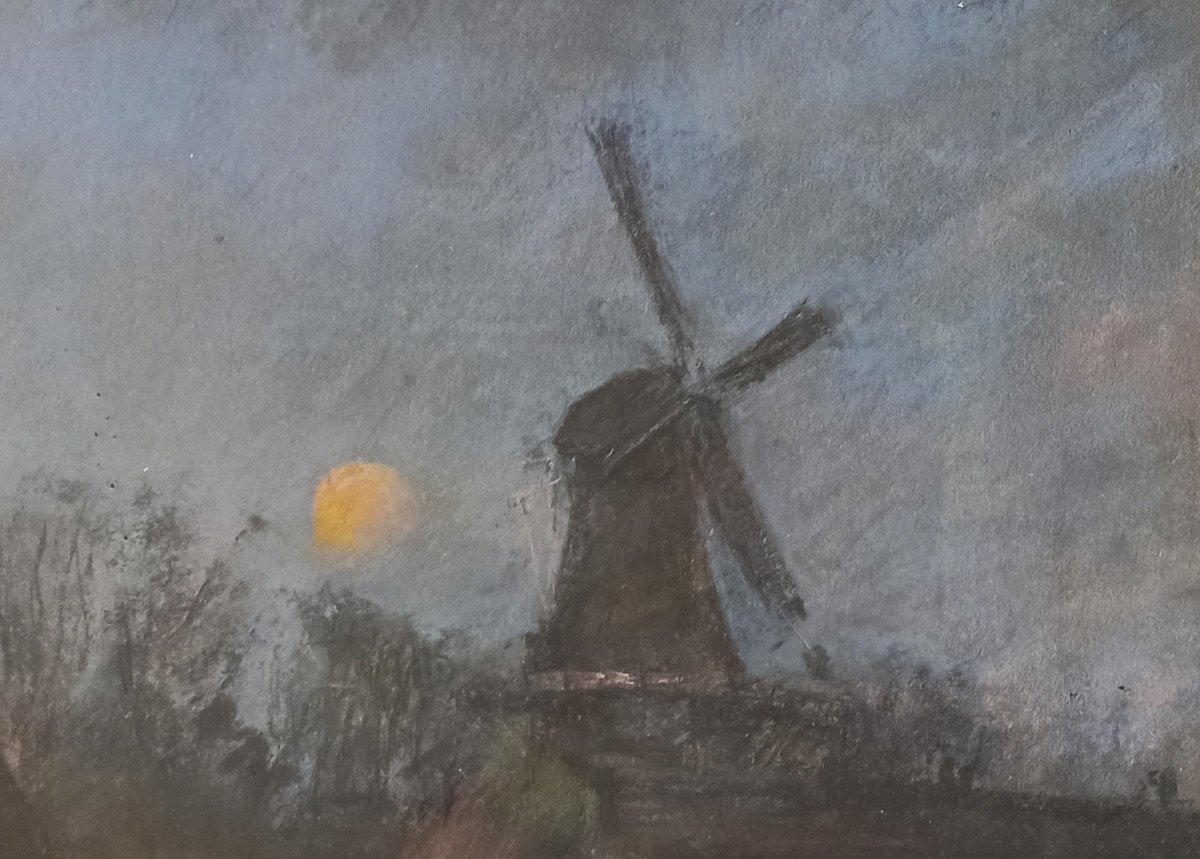

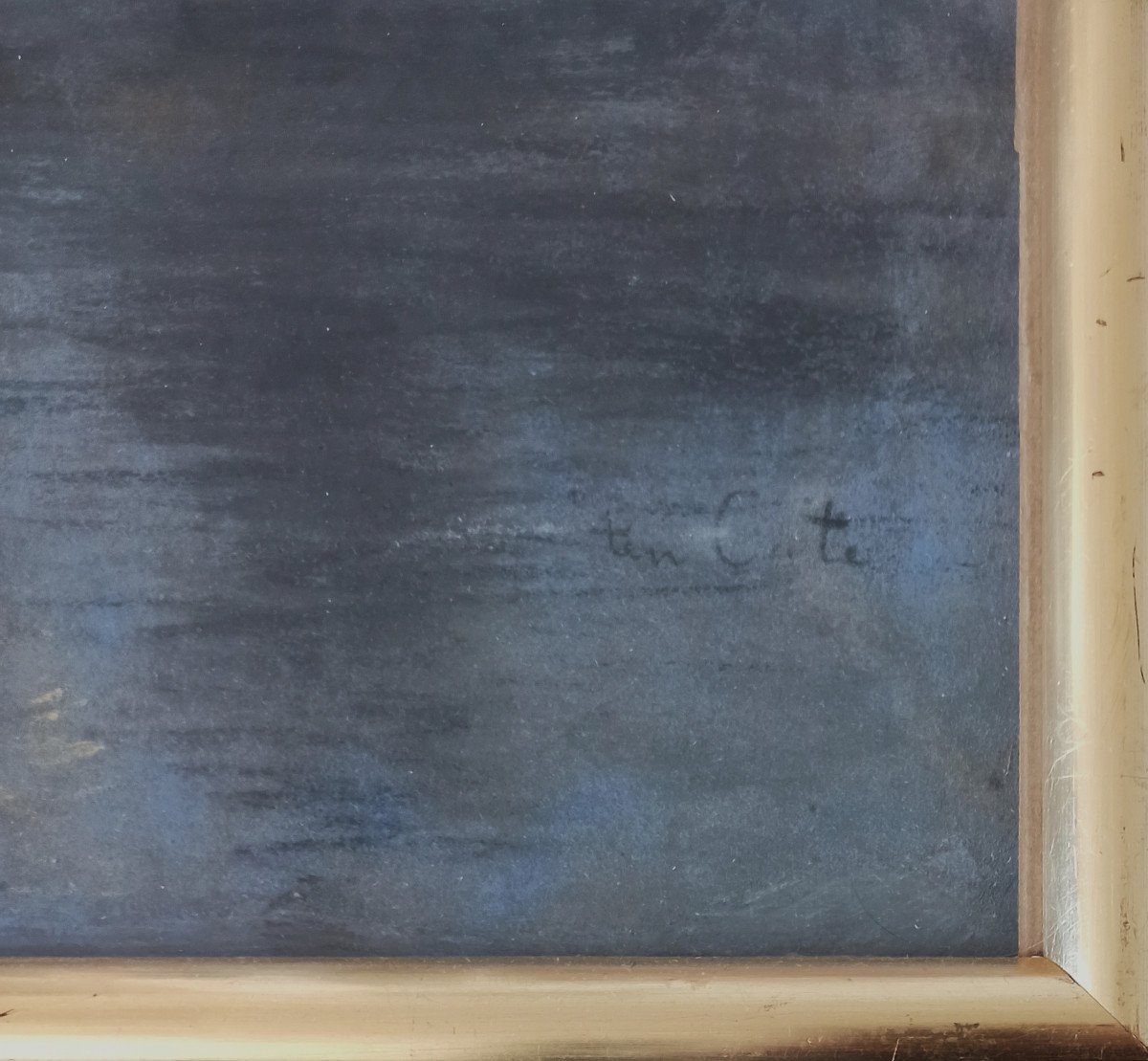
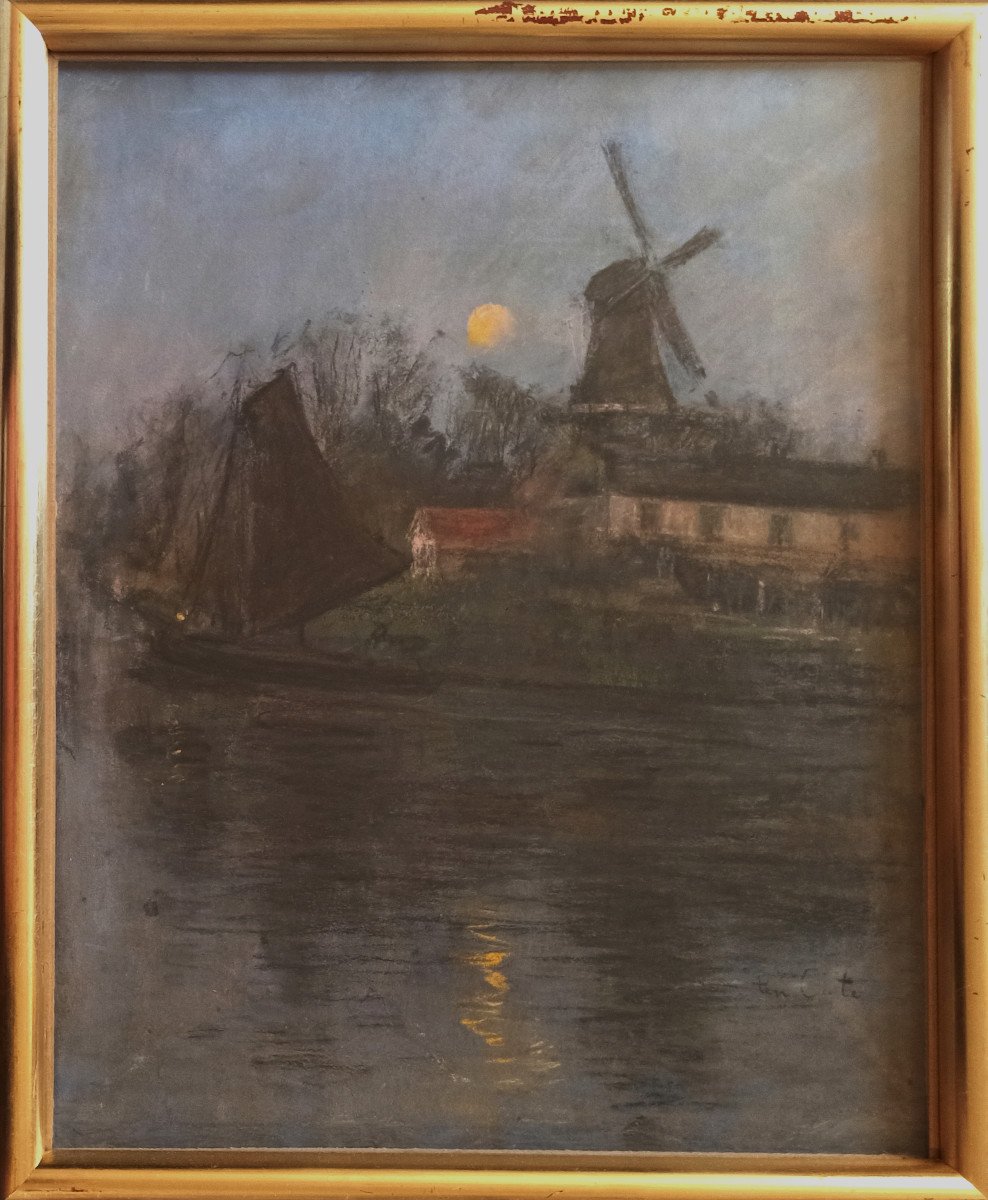
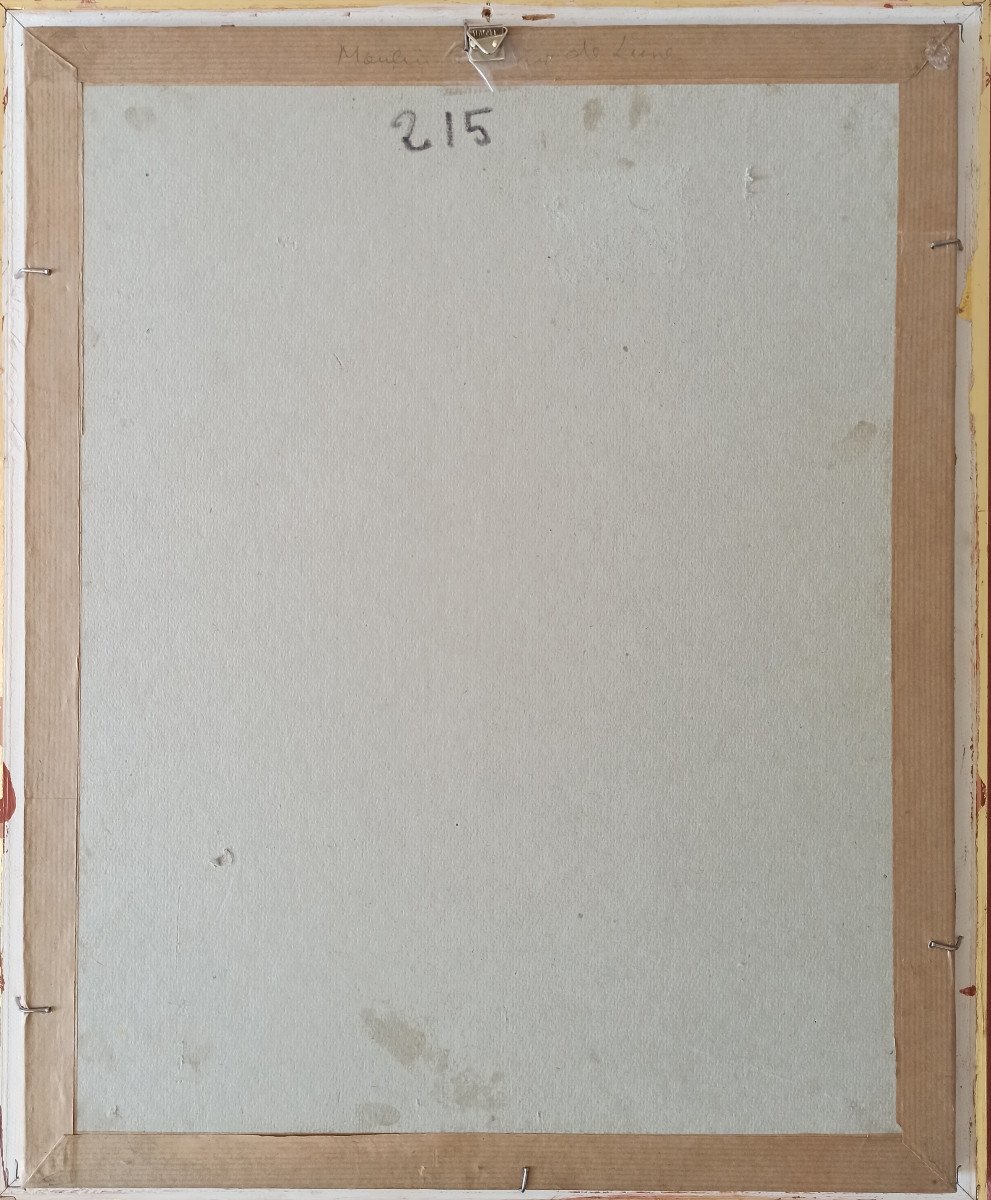









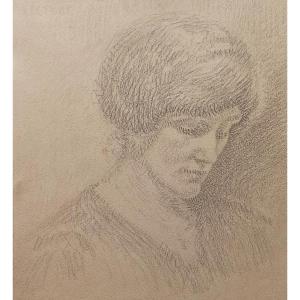
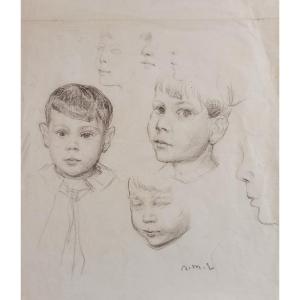

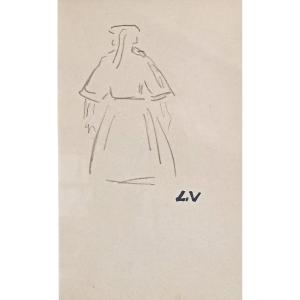

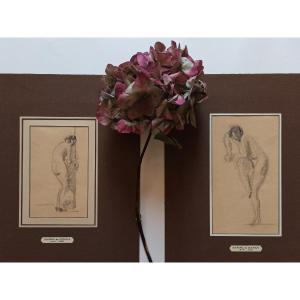

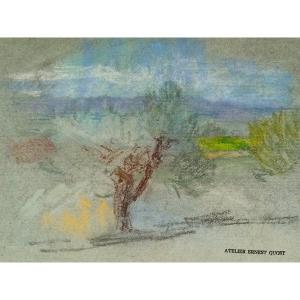

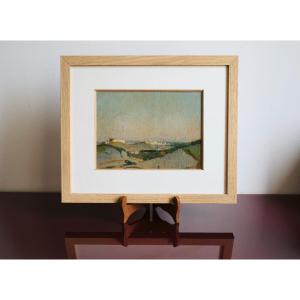
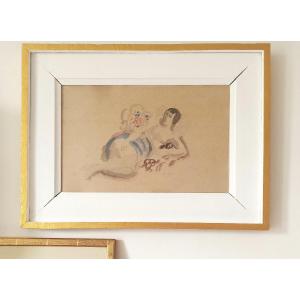
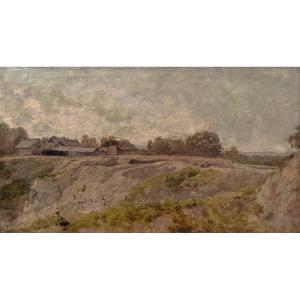


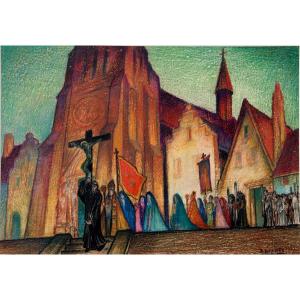

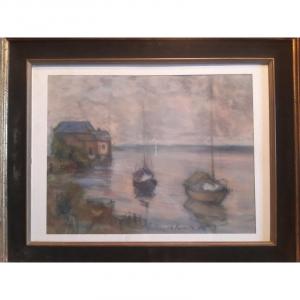



 Le Magazine de PROANTIC
Le Magazine de PROANTIC TRÉSORS Magazine
TRÉSORS Magazine Rivista Artiquariato
Rivista Artiquariato